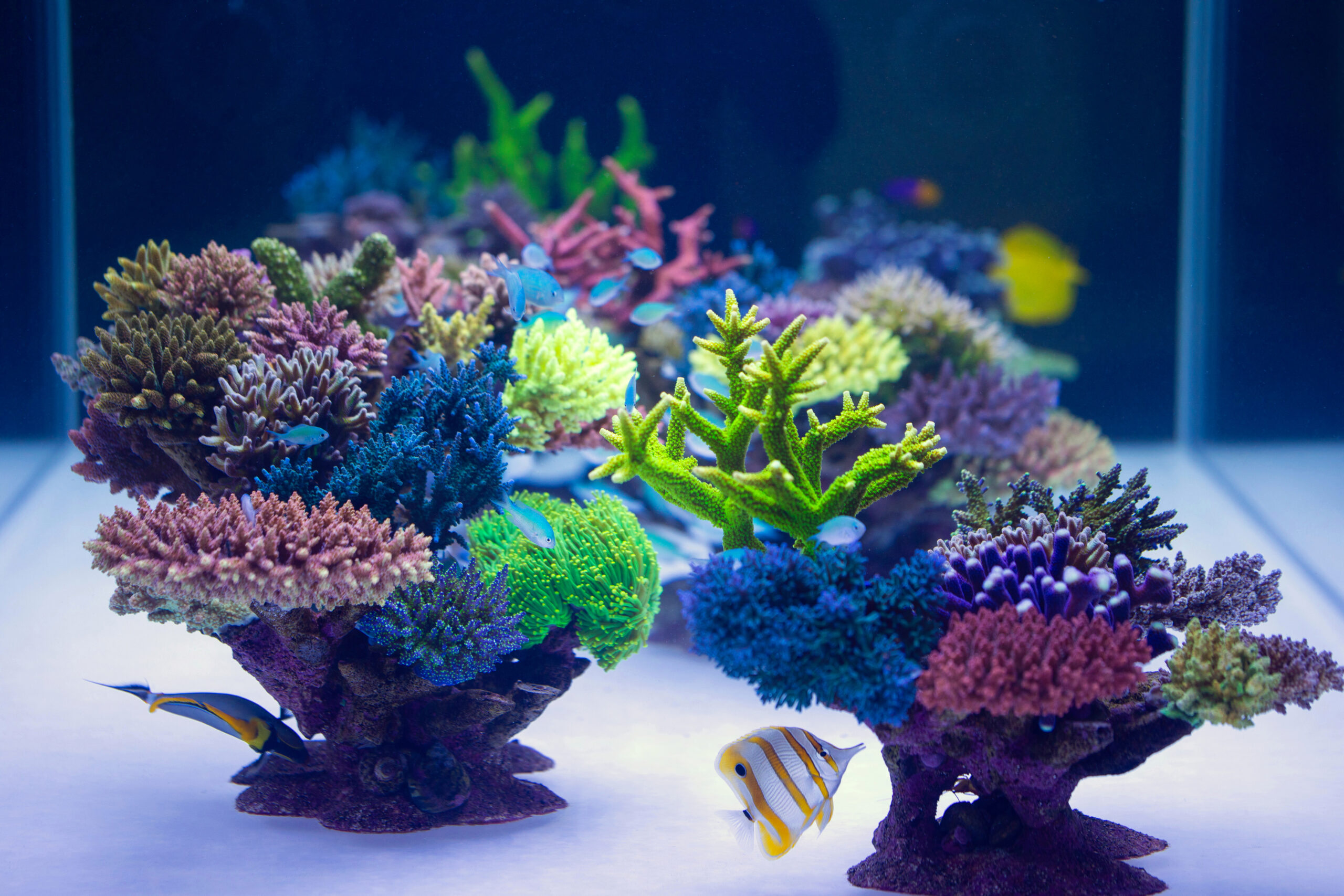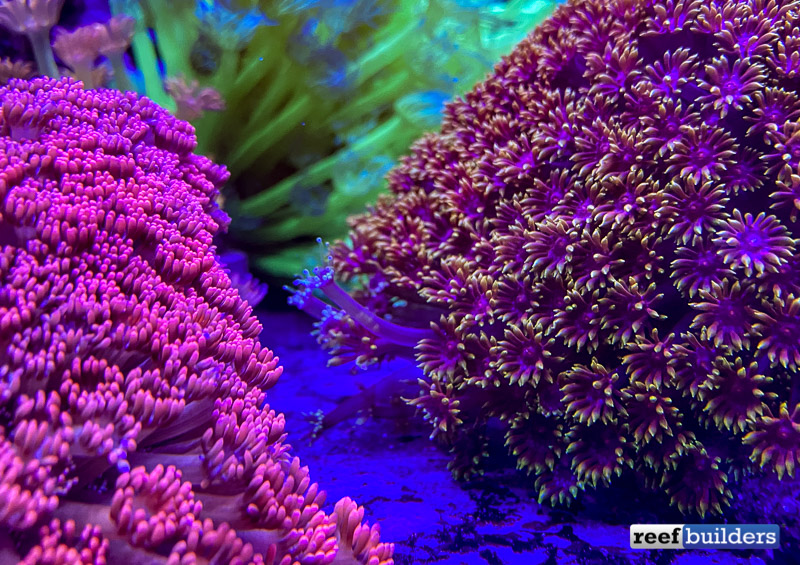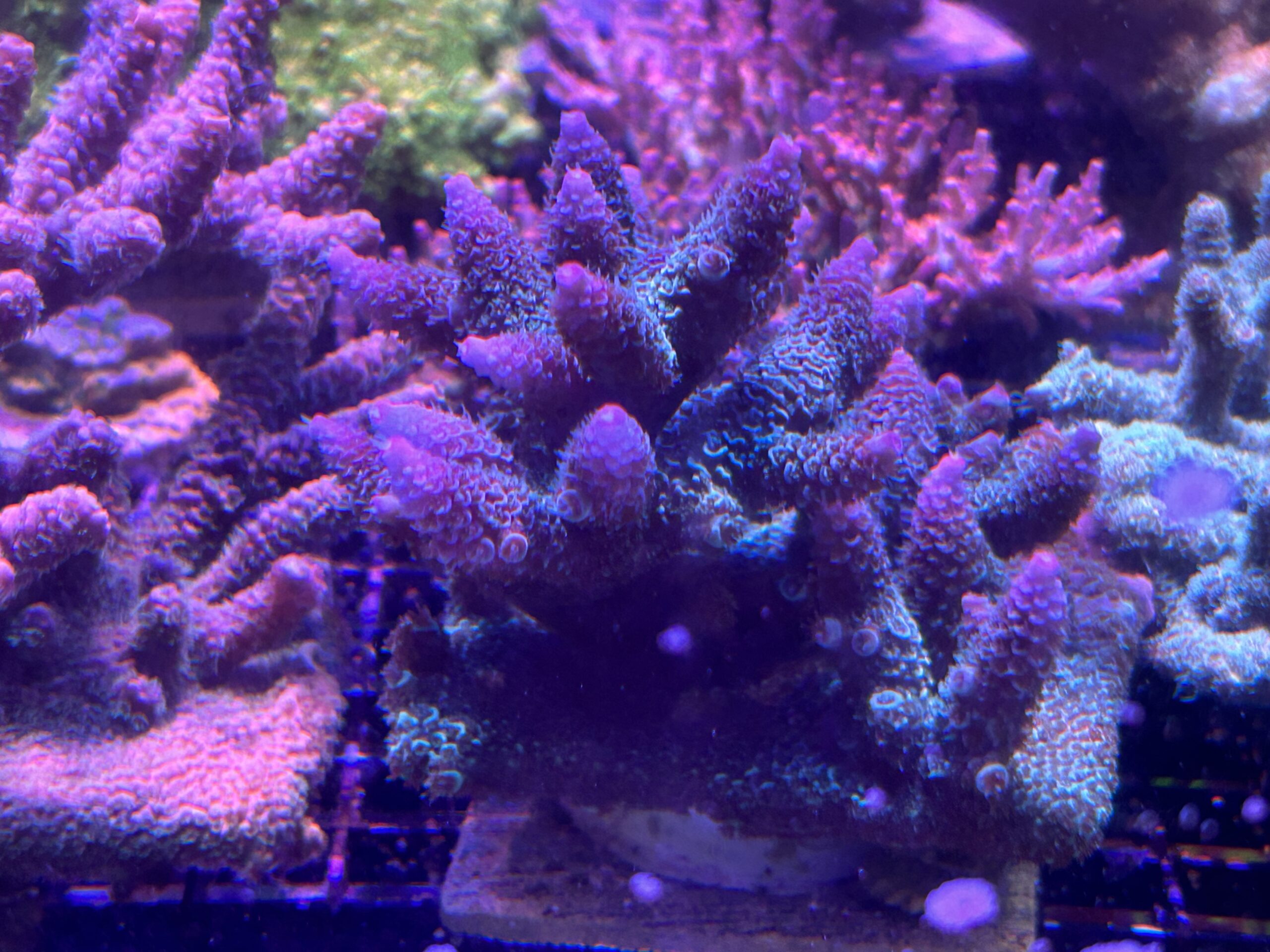With ICP (ICP-OES / Inductively Coupled Plasma Optical Emission Spectroscopy) testing becoming commonplace for a well-kept reef aquarium, the methods for interpreting the results and putting these numbers to good use are becoming quite varied and potentially confusing.
One method that seems to be going around, is frequent fortnightly or monthly ICP testing and making regular adjustments of each element. While I’m absolutely sure that these short intervals of testing can’t be harmful, are they really needed?
First of all, to be testing this frequently it’s safe to say you’ve delved into using individual micro trace elements and you are potentially a bit concerned with seeing perfect ICP results each time you send away a sample. If this method is something you’re having a lot of success with, your aquarium is where you want it to be and you enjoy the chemistry side of things then there is certainly no harm in this extra testing and attention to detail…. In fact, I envy your dedication.

How often is ideal?
For the average reefer do you need to be concerned with ICP testing? If you are dosing trace elements in any form or product then absolutely you should be making use of at least one of the ICP testing services, but how often is ideal? After speaking with Ehsan and Julian of TRITON Australia about ICP and soaking up their knowledge on some of the issues around the interpretation of results and what you need to do with them, you might be able to breathe a little easier when it comes to reefing.
The first point I’d like to bring up is zero, naught, nothing or none detected. What does this mean? A zero reading is unlikely to be a true zero, it simply means that the machine isn’t capable of making this reading. The machine could be limited to the parts per million (PPM) range when the water sample has the element present in a concentration lower than this. So while the element isn’t within a detectable range at the time of the sample being taken, it doesn’t mean it wasn’t made available to your corals and depleted that same day.
Elements are used, depleted, and diminished at different rates and ratios by a number of processes within the aquarium, this is a complex area to get into so for now an example of an element that most people will see a “zero” result with is manganese. This element is quite dangerous to overdose with but at the same time provides many benefits within your reef, especially helping Goniopora and Micromussa.

So if your aquarium sample regularly reads undetected but you’re adding manganese in some way, should you increase the dose? Is this particular element or any of them worth chasing the perfect result for? Some macro elements like calcium, magnesium, and potassium will often sit slightly off target or out of the commonly accepted ratio but they are consistently this way even after some small correction doses or you find the test result is always coming back to the original values. This is totally OK! Stability in [in a good range] of parameters is more important than perfect numbers.
As for micro trace elements, like manganese that we mentioned above, they can become undetectable quite fast so despite adding them they appear to be nonexistent. Dosing these elements so they are added but show as undetectable is ideal for most applications. Splitting up the dosage to multiple times a day is a great way to make the elements available and avoid the instability of highs and lows as much as possible. Other microelements to be mindful of seemingly low or “zero” levels are chromium, nickel, cobalt, zinc, iron, vanadium, and maybe fluoride but this last one doesn’t tend to drop down to undetected.

Dose the elements so they are there and not chasing numbers is a great way to keep the aquarium simple and enjoyable for most people. However, some people like to push the limits of their aquarium and experiment with elements so you must consider how much of your preferred brand trace element can be added per day to avoid overdose should you wish to experiment with target values.
Keep in mind that experimenting will mean more testing. Julian recommends ICP testing every 3 – 4 months if running the full TRITON method and TRITON products. Every 1-3 months for everyone else and down to monthly testing depending on how DIY the dosing solutions are made and how many different products are being added. How you choose to reef is ultimately up to you and one of the things I find interesting is how different approaches work for different hobbyists.
Embracing modern testing technologies such as ICP-OES to gain a larger range of parameters at high accuracy can only be of benefit in achieving a thriving reef aquarium. Doing some research into the ways each provider ensures accuracy in the tests they do will help you choose an ICP service that suits you and one you can stick with for your reefing journey.

Don’t chase numbers
So my personal take on chasing numbers or target values is that I wouldn’t bother for the most part and to keep the aquarium on a path of relatively stable dosing without constantly adjusting levels unless these levels are from increased consumption and growth and are increasing exponentially.
Then be monitoring at home with your own test kits and using ICP every 3-4 months looking for dramatic changes or trends that appear or increased consumption due to coral growth then adjusting as required. Adjusting the dose rates too much seems like a lot of unnecessary work for me, so what message I hope to share is it’s that its okay to take the back seat if things are running well, avoid chasing your tail to get the perfect numbers if that’s not your style.
Dosing so the finicky elements are added but not showing on an ICP is perfectly OK. Watch your reef and make notes on changes (photos are great for this). I’ll round this out with my favorite quote: if it’s not broken, don’t fix it.



